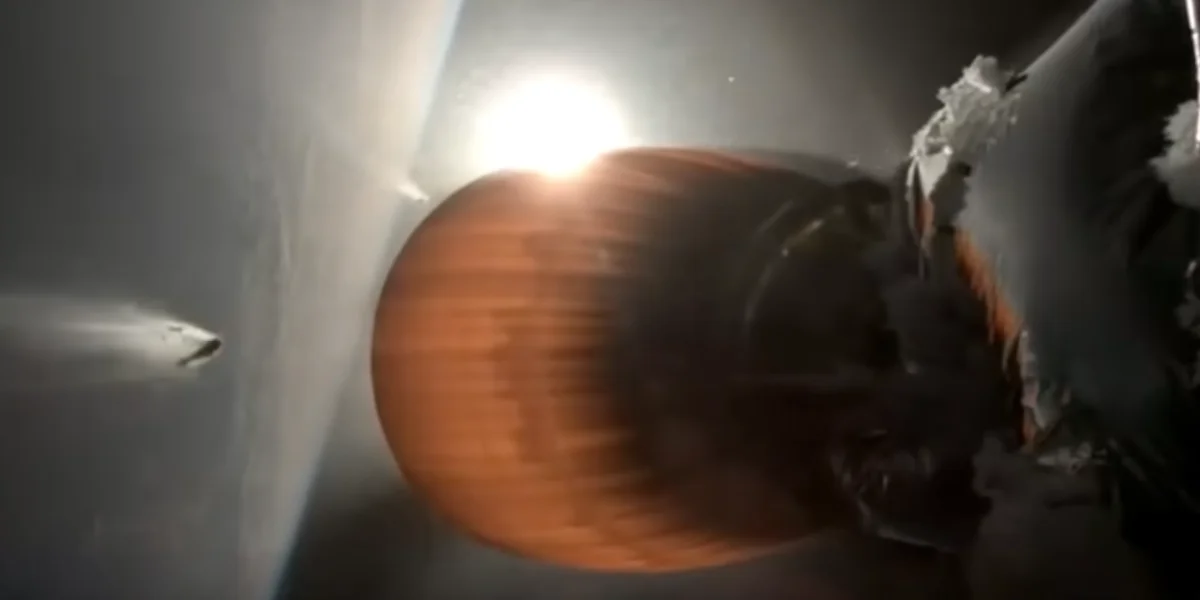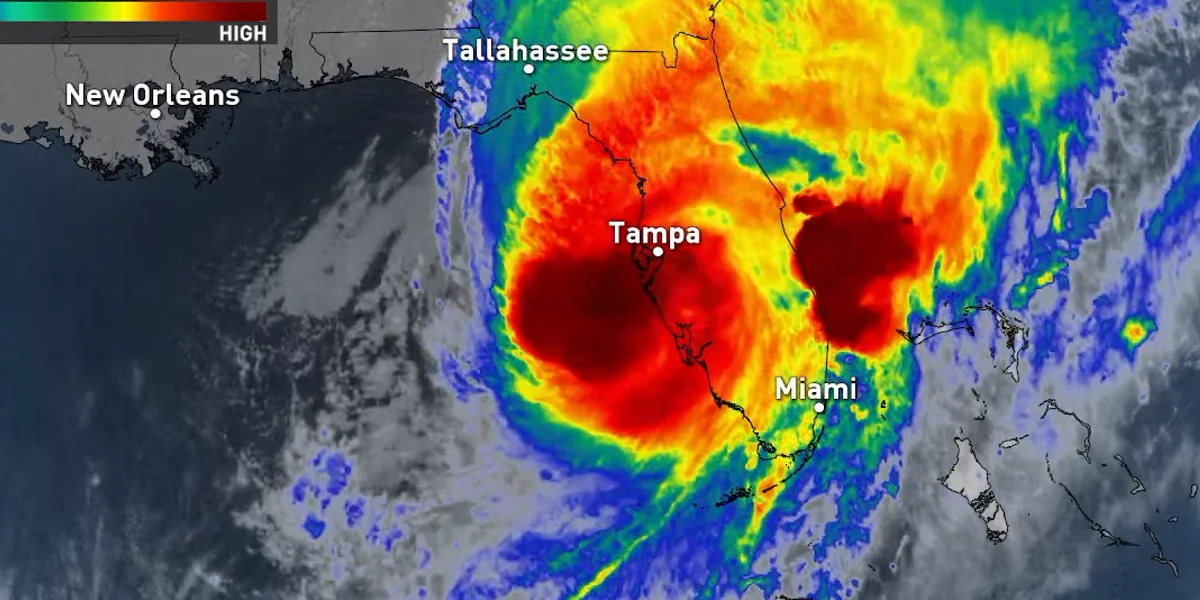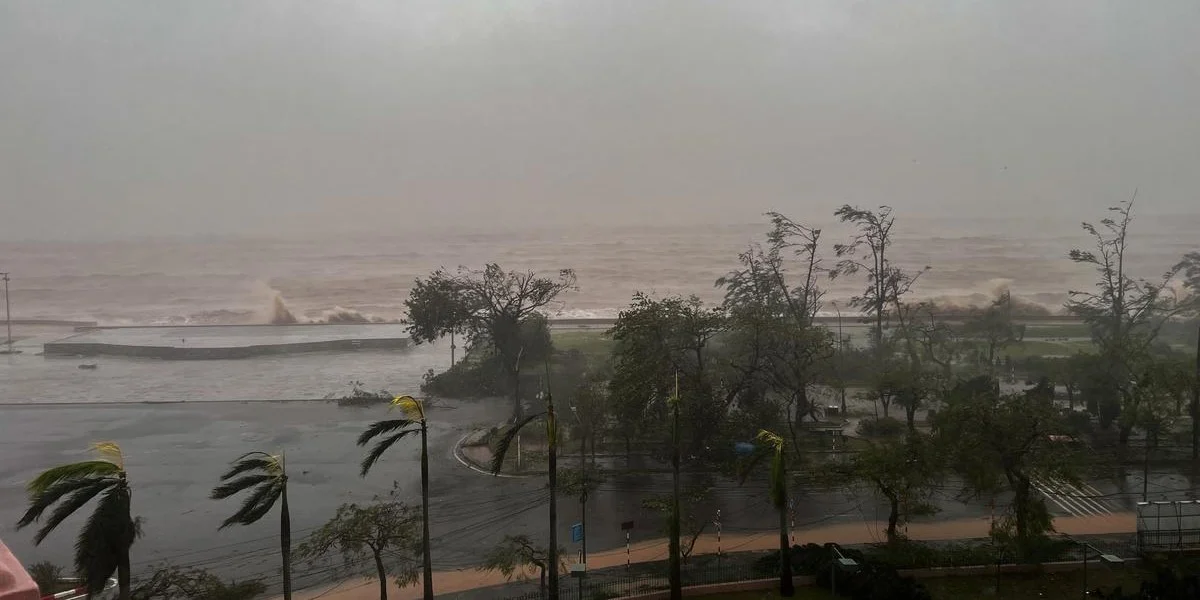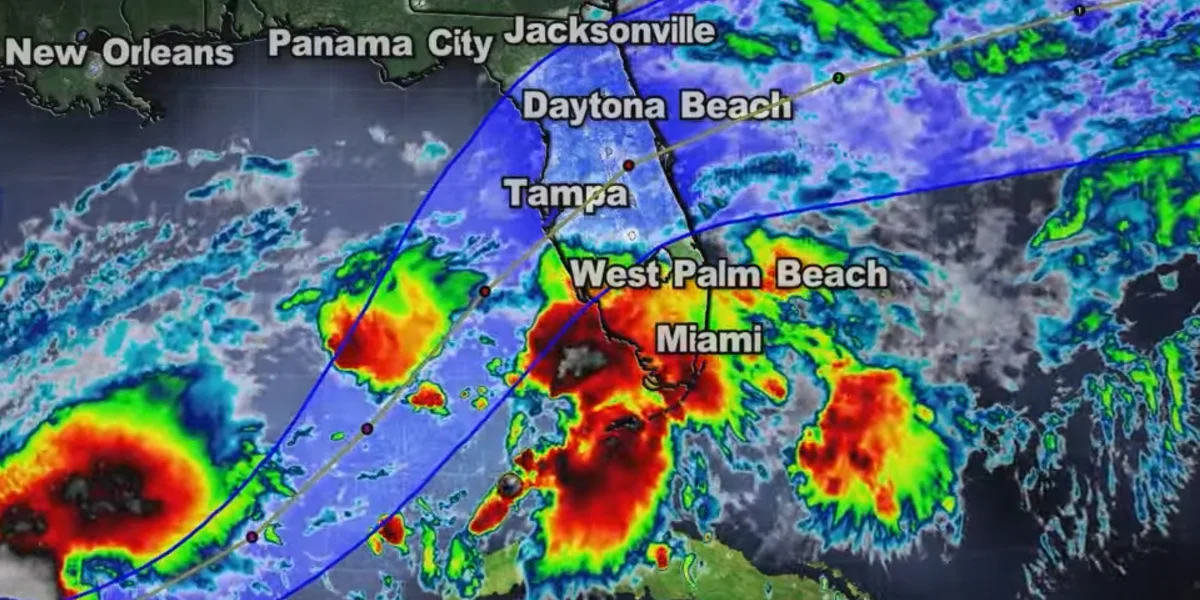The chance of Asteroid 2024 YR4 impacting Earth has increased to 3.1%
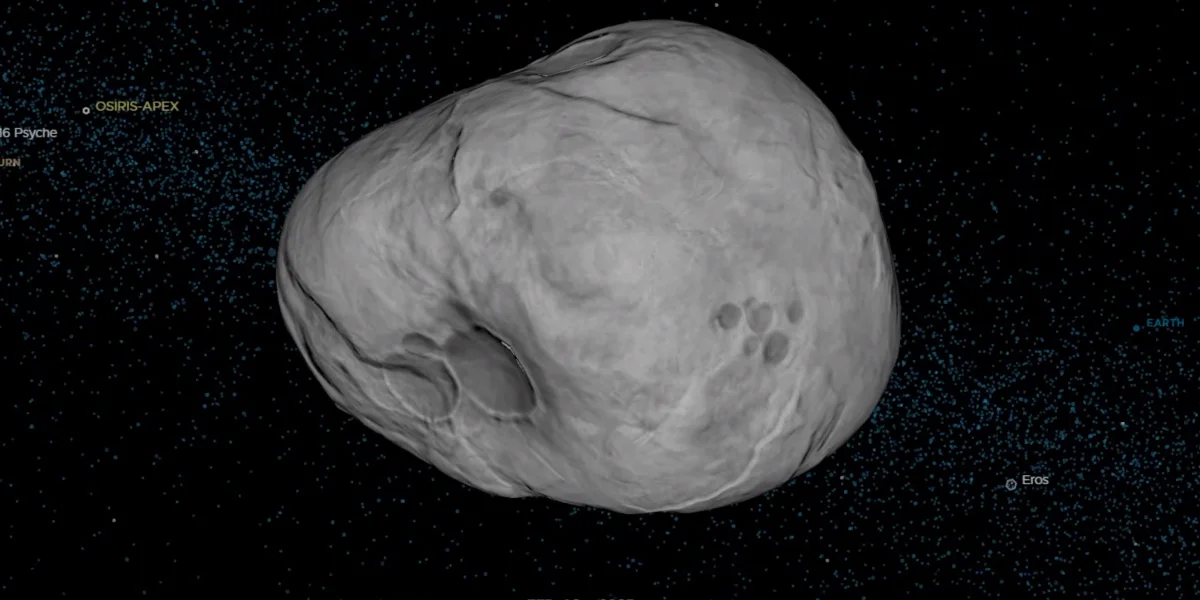
According to NASA and the European Space Agency, an asteroid that has gained prominence for its prospective collision with Earth in 2032 now has a 3.1% chance of impacting our planet, the highest probability ever awarded.
The asteroid had previously been estimated to have a 2.3% probability of reaching Earth on February 7 and a 1.2% chance of striking the planet last month.
The asteroid is estimated to be 130 to 300 feet in size based on its brightness, but NASA's James Webb Space Telescope is aiming to reduce that range. According to NASA, if it reached our atmosphere and dropped to Earth, it would do so at around 38,000 mph.
According to NASA's Jet Propulsion Laboratory, the asteroid has a 3.1% probability of hitting Earth on December 22, 2032, during a brief period of time when the rock's orbit around the sun meets the planet's path. That implies the chances of a collision are still very low, at 1 in 32. The current likelihood estimate from the European Space Agency is 2.8%, which is somewhat lower than NASA's projection.
According to NASA, an asteroid 165 feet wide created Winslow, Arizona's Meteor Crater, which is a mile big.
The asteroid's composition also important. An iron asteroid, for example, would be more difficult to enter the atmosphere and more likely to strike the Earth. A stone asteroid might detonate before impact.
Direct collision would result in a blast that would most likely kill anybody near Ground Zero, followed by a wave that would strike people kilometers distant.
“People within the local region would be at risk of serious injury,” Ms. Kumamoto said.
Some scientists at NASA's Catalina Sky Survey in Arizona have calculated a danger corridor for where it may impact. According to Wired, it encompasses a variety of nations surrounding and slightly north of the equator, including northern South America, northern sub-Saharan Africa, India, and parts of Southeast Asia.
According to the International Asteroid Warning Network, the near-Earth asteroid will be visible until early April 2025, after which its trajectory will take it away from the planet, making it difficult to observe until June 2028.

